
If you have a smart struggling child, you may be asking yourself, “Should we invest in a summer program for our child?” Our specialty is the student who is a lot smarter than present results would indicate and is what we call a bright right brain learner – who learns best when they see and experience information.
The simple answer is yes, if:
- Your child is a lot smarter than present results would indicate?
- You have the time and resources to do the right program.
- You find the right program that can help your child to make significant gains in months in multiple areas (e.g. reading fluency, reading comprehension, attention, confidence …)
- You get the help needed to be the coach and advocate your child needs
Is 3D Learner The Right Summer Program for Your Child?
If you have a smart struggling child, they may have been identified with dyslexia, ADHD, executive function or related challenges. We have found that most smart struggling students:
- Are a bright right brain learner
- Often have a sea of strengths and challenges
- Can do far better when one focuses on their strengths, while addressing their challenges
- Can benefit from the right summer program, when school pressure is not present
As we look back over the last 27 years, we notice that a significant number of students we helped over the summer made significant gains in their reading fluency, reading comprehension, math skills, attention and self-confidence.
What were the key actions that led to our student’s success:
– Their parents called us and had a conversation.
– Their parents then invested in our Comprehensive Assessment that in each case showed their child learned differently, had significant strengths and challenges, and had the potential to do far better with what we offered.
– We discussed how what we offered could be far more effective than virtually any other program because:
-
- We teach the way their child learns
- We tailor our program to meet each child’s needs
- We engage our students by both focusing on what is important to them and by using our hands-on methods, that are integrated, engaging and effective
- We address the relevant attention, visual processing working memory and/or processing speed issues that are often present as well as address phonemic awareness
- Our approach improves decoding, reading fluency, and reading comprehension. We strive to ignite a love for learning and reading!
- While we help students with dyslexia, ADHD, executive function and related issues, we use the positive label of a Bright Right Brain Learner.
- We help parents to be the coach and advocate their child needs. NOTE: we offer one of the few programs that has parent coaching as an integral part of the program.
– The parents recognized that we could tailor a program to meet their child’s needs, help them to be the coach and advocate their child needed, and had a high probability of generating significant results within months.
– Their parents chose to work with us
What did our most successful parents do that led to truly outstanding progress? They
- Leveraged our intensive program that laid the groundwork for significant gains – note, in the last few years as we leverage zoom, we have been able to help students via zoom, too.
- Did the follow-up over the next few months to generate the maximum benefit from our joint efforts
Their child then made gains like the three cases outlined below:
One mom of a third grader was really frustrated. Despite investing in other programs, her bright 3rd grader was really struggling. 5 minutes into the initial call, she commented, “How is it that after 5 minutes you appear to know my child better than people who have known him for years”. She had been told to find another private school for her son, whose reading comprehension was 2 years below grade level,
She lived out of state and asked, “What is the best way to do your program”. We responded that while we offer a 5-day intensive program, we have seen excellent results with students who came for 3 days (for 2 to 4 hours, depending on the age of the student) and then another 2 days 4 to 6 weeks later. That is what she chose to do. Her son was able to improve his reading comprehension 3 grade levels over the next year, to excel at his school.
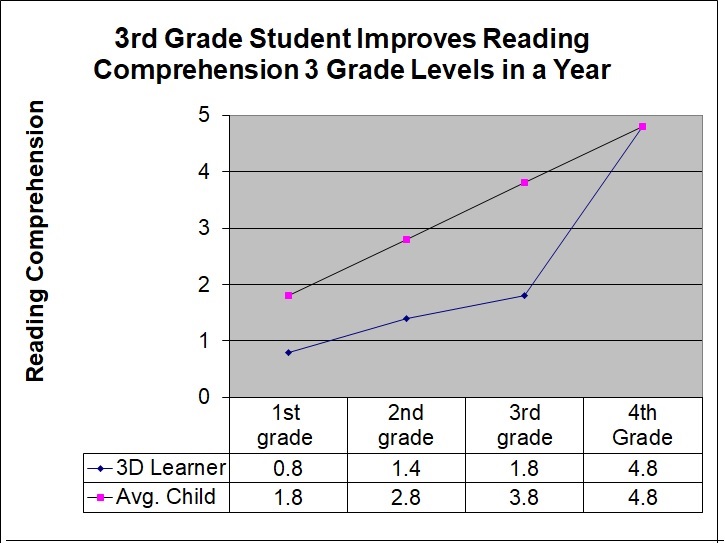
His teacher said “I have never seen a student make such dramatic gains in 27 years of teaching
For students who have come to us from California, Washington, Arizona and other states that are further away, a one-week intensive program is often more practical.
A rising 6th grader was really struggling with attention, self-control and reading comprehension. He was also struggling with baseball where his average had dropped to 260, as the pitching became harder to hit. As we spoke with him, we discussed how our program could help his baseball skills, as well as his attention, self-control and reading comprehension. Sports, dance, or martial arts are often what our students want to improve. By working on their neural timing and their visual processing, we are often able to engage the students and help them to dramatically improve their performance in sports and other activities.
With our help, he was able to:
- Improve his reading comprehension 4 grade levels in 5 months
- Double his reading speed
- Go from special education classes to regular education classes
- Be far more attention and control his impulses
- Increase his batting average from 260 to 382 and increase his home run production from 1 to 10
- Become much more confident in his abilities
A rising 9th grader who was a C+ student, his reading comprehension was 4 years below grade level, he was reading at 200 words per minute and was considered unmotivated. In our initial conversation, mom was delighted to hear that we would leverage her child’s strengths. With our work with the student and his parents he was able to:
- Improve his reading comprehension 4 grade levels in 100 days – from the 5th to 9th grade level
- Increase his reading speed from 200 to 360 words per minute
- Become a highly motivated student
- Excel in high school and get several full scholarship offers for college
Our program was developed to do this for our high school daughter. We realize our goal is to both motivate, train and support our students. We get student buy-in before we accept teenage students.
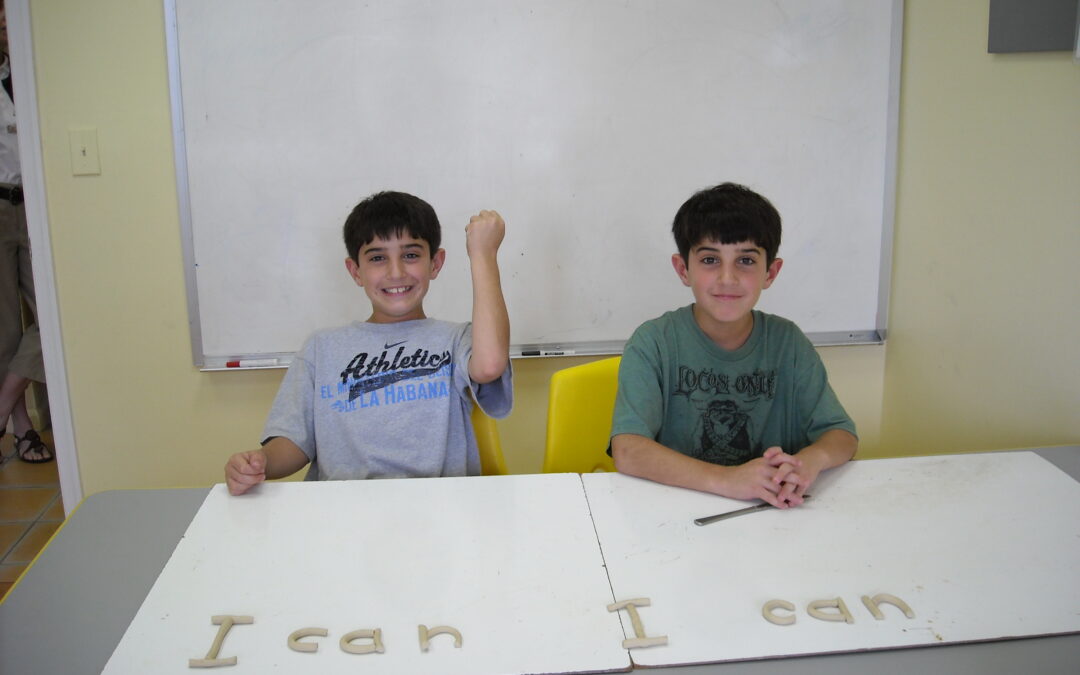
(Often Students Have Been Diagnosed with Dyslexia, ADHD and/or Executive Function Challenges)
3D Learner has helped hundreds of students from 40 different states and 12 foreign countries. These students often were identified with dyslexia, ADHD or executive function issues. Their parents were delighted to find a strength-based program that could teach to their child’s strengths, engage their child and result in significant gains in months.
Within our practice, we call these students a 3D Learner, that is they think in pictures and often in 3 dimensions. From a diagnostic standpoint, one might call them neurodivergent, right brain or kinesthetic learners.
7 Keys to the Success of our 3D Learner Students From Outside Our Area
- Very few programs focus on the strengths of these students. Note, while we might use more common terms like neurodivergent, right brain or kinesthetic learners in describing these kids, when they are here we use the term GOLD Student — Gifted Operating with a Learning Difference. Their gift is they learn differently and can do far better with a hands-on visual approach
- We assess for and address dyslexia, attention and executive function challenges
- We also assess for and address visual processing issues that are often present. These students often have excellent peripheral vision, but their eyes do not converge when reading
- We have 26 years of successes with these students and an excellent team. Note, the 3D Learner Program was developed by Mira Halpert for our daughter. Mira is an experienced educator, a mom who cares and a professional who is committed to helping our students succeed
- The parents really like the concept of an intensive effort that will help their child and them with follow up support.
- We help parents get the help their child needs at school
- The quality of the parents who show up. The students we see are often much smarter than present results would indicate, the parents want their child to succeed and together, we make it happen.
If you suspect this might be your child, we recommend downloading our “Is my child a neurodivergent, right brain or kinesthetic learner screening tool. Then sit down with your child and ask them the questions. Their answers may surprise you.
3D Learner — Intensive Live Training With On-Going Support Via Zoom
Note, initially we did the program in 5 days, with ongoing support. The results were very good.
Then, for clients east of the Mississippi, we started offering three days one week and two days 4 to 6 weeks later, with ongoing support. This resulted in even greater gains.
Now we offer both options, with ongoing support via zoom.
The intensive training with ongoing support works quite well, because:
- Intensive and integrated training works well for these students
- The parents are immersed in the process, too
- Family bonding is fun to watch and very helpful
- The on-gong support maximizes the benefits of the effort
How this works.
Parents often realize they have a child who is a lot smarter than present results would indicate. Parents also recognize that they want a transformational program that:
- Engages their child in the process with a strength-based approach
- Can generate significant results in months
- Addresses dyslexia, attention, visual processing and anxiety challenges
- Helps them to be even more effective coaches and advocates
- Can transform their child into a much more successful student, while improving their confidence, their sports ability and their attitude towards learning and their own talent
Three ways to get started with 3D Learner
Parents give us a call at 561-361-7495 for a no cost conversation on how we might be able to help their child succeed.
- The conversation is often helpful, even if the parents do not become clients. What happens with interested parents is we often hear:
- You really understand my child and me
- I now understand how you can help my child succeed
- If the parents want to move forward, we can do an online assessment and debrief, without their having to leave home
- If the parents want to pursue the program, we find A mutually agreeable time.
Example of our successes:
- A third grader was diagnosed with learning disabilities, ADHD and anxiety challenges. The initial conversation convinced mom we were the right answer. When talking with another mom, she was even more convinced. Her daughter was able to:
- Go from the lowest reading group in third grade to become the best reader in her fourth grade class
- Get homework done in less than half the time
- Flourish as a student and become both more successful and outgoing
They did the program in two parts.
- A 5th grader from Texas had been through a very expensive dyslexia treatment (i.e. $34000 worth) but her comprehension was still at the first grade level. With our help, she was able to:
- Improve her reading comprehension 4 grade levels in 6 months
- Decrease her homework time from 2.5 hours to 1.25 hours, and do it independently, for the first time
- Blossom as a person
They did the program in 1 week.
- More recently, a 7th grader from the State of Washington came to South Florida. With our help, he was able to:
- Improve his reading comprehension 4 grade levels in 6 months
- Become a star student
- Do his work independently.
They did the program in a week, with on-gong support via zoom.
For all our out of area clients, we now recommend blending in person work with on-going support via zoom.
If you would like to discuss how to help your right brain, kinesthetic or neurodivergent
child succeed, give us a call at 561-361-7495
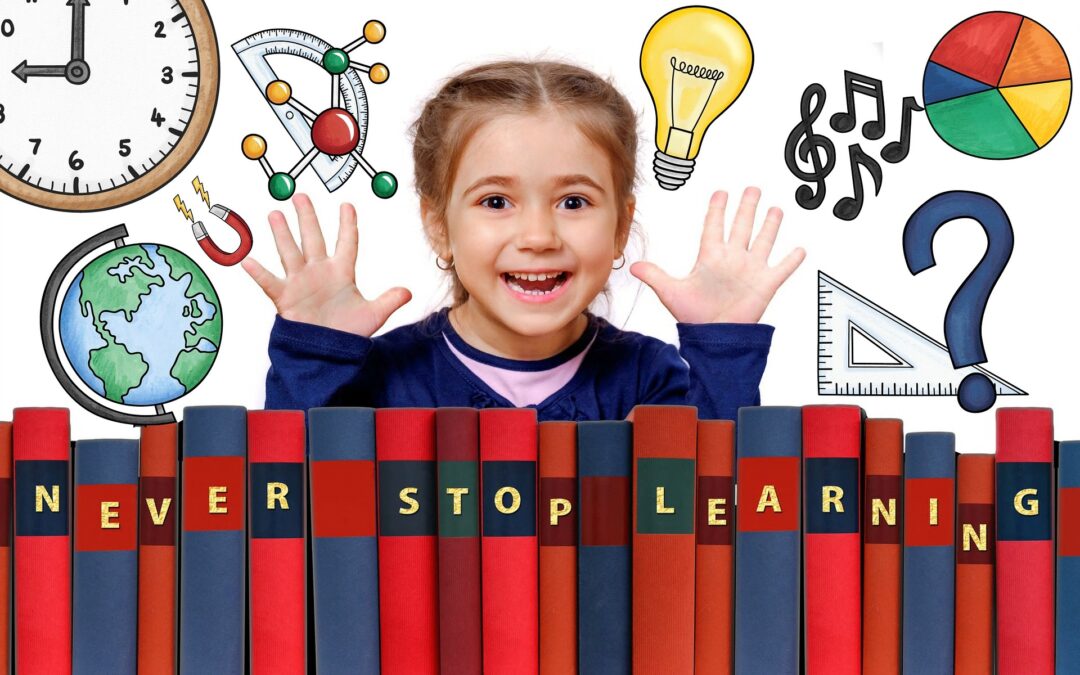
At 3D Learner, we focus on Getting It Right for students who are right brain, kinesthetic or neurodivergent learners, who often struggle with reading fluency and reading comprehension. Note, math and anxiety are often challenges, too.
In this post pandemic period, reading fluency and reading comprehension are major issues for many students. Math has become an even bigger problem, as reading comprehension issues are compounded by their lack of foundational skills.
As one parent commented, “The best time to intervene was a couple of years ago, the second best time is today”.
While the risks and opportunities are greater than ever, the key point is that it is
Up to Parents to Make The Difference
Is your child a bright right brain, kinesthetic or neurodivergent learner? Does this describe your child:
- Does your child remember places visited, even from years ago?
- Does your child learn best when he or she sees and experiences information?
- Is your child a lot smarter than present results would indicate?
- Does your child struggling with reading fluency, reading comprehension, math and/or anxiety
- Would you like to know how you can help your child to be far more successful, within months
This is the first in a 5-part series to Get It Right For Your Right Brain, Kinesthetic or Neurodivergent Learner.
This blog post will focus on the risks and opportunities facing parents and kids, and the unique role parents play in making the difference.
For the right brain, kinesthetic or neurodivergent learner,
it is up to the parents to make the difference
The second blog post will focus on the key Insights about these kids. Their unique strengths, challenges and their present level of performance — with a focus on both reading fluency and reading comprehension.
The third blog post will focus on Setting BOLD Goals for your bright right brain, kinesthetic or neurodivergent learner.
The fourth blog post will focus on Getting the Right Help to Get It Right for your bright right brain, kinesthetic or neurodivergent learner.
The last blog post will focus on the benefits of Taking Massive Action to Get It Right for your bright right brain, kinesthetic or neurodivergent learner.
The 7 biggest risks the right brain, kinesthetic and neurodivergent learners face are:
- They avoid silent reading and their reading fluency and reading comprehension gaps widen.
- Parents invest in a dyslexia treatment, which may be needed, but they do not realize these programs often do not address reading comprehension, visual processing and related skills.
- The right brain, kinesthetic and neurodivergent learners learn best when they see and experience information. These students often do not make the desired progress with traditional tutoring and other interventions that do not leverage their skills.
- These students often have visual processing, auditory processing and/or executive function issues (e.g. attention, working memory and processing speed) that are often not identified or addressed.
- Anxiety and frustration increase each year and their self-esteem and confidence declines.
- Reading fluency and reading comprehension issues start to impact a student’s performance in all other subjects.
- Parents change schools – often moving their child to a charter or private school. While these settings may help, they rarely address the reading fluency and reading comprehension issues.
3D Learner has been helping students to improve their reading fluency and reading comprehension for 28 years. We have also been working with prior voucher programs for close to 10 years.
Opportunities for Right brain, Kinesthetic or Neurodivergent Learners with Reading Fluency and Reading Comprehension Issues
- The right brain, kinesthetic or neurodivergent learner can often increase their reading comprehension by 2 or 3 grade levels within months
- Reading fluency gains can be significant
- Improvements in attention, visual processing and working memory can improve academic, athletic and related skills
- Anxiety and frustration can often be reduced, and the students can become far more confident and resilient
An Example Where a Student Needed far More Than a Dyslexia Treatment
Maria had been through two years of dyslexia treatments but was still struggling with reading fluency; her reading comprehension was two years below grade level, and she avoided reading.
Mom called us and in the first few minutes, we realized her daughter was a right brain learner, who learned best when she saw and experienced information and that she appeared to have a visual processing issue.
Further testing confirmed the learning difference and visual processing issue and revealed this second grade had some reading fluency issues and her reading comprehension was at the kindergartener level.
With our help, her reading fluency improved, her reading comprehension improved 2 grade levels in 4 months and 3 grade levels in 7 months, and she read 23-chapter books over this period.
Reading Fluency and Reading Comprehension Gaps Can Be Larger for Older Student
Gina had a significant reading fluency and reading comprehension issue. It turned out her reading comprehension was 5 years below grade level, and she was struggling with her homeschool curriculum.
With our help, her reading fluency improved, her reading speed doubled, she improved her reading comprehension 4 grade levels in 6 months, and she was able to do all her schoolwork.
The Path to Improving Reading Fluency and Reading Comprehension Starts with Asking the Right Questions
We often start with 5 key questions:
- Is reading fluency an issue for your child?
- What is your child’s present level of reading comprehension?
- Is your child a right brain, kinesthetic or neurodivergent learner? Note, many students who struggle with reading fluency and reading comprehension are a right brain, kinesthetic or neurodivergent learner, who learn best when they see and experience information.
- Does your child have a visual processing issue? 74 percent of our students skip words and lines when reading. People will argue that visual processing does not cause dyslexia — that is true. However, a visual processing issue makes reading very difficult and often leads to students avoiding silent reading.
-
Did you realize that you can leverage the Florida Empowerment Scholarship for Unique Abilities to help your child to significantly improve his or her reading fluency and reading comprehension in months?
We are offering a focused assessment that addresses the following.
-
Your child’s reading fluency strengths and challenges, using the UFLI Core Assessment ®- the University of Florida’s Literacy Institute’s Assessment
-
Your child’s present level of reading comprehension
-
Whether your child appears to be a right brain, kinesthetic or neurodivergent learner
-
Whether your child appears to have a visual processing issue
-
How you might can capitalize on your child’s strengths and address their challenges to significantly improve your child’s reading fluency and reading comprehension issues in months
To take advantage of this offer,
call us at 561-361-7495 to discuss your situation
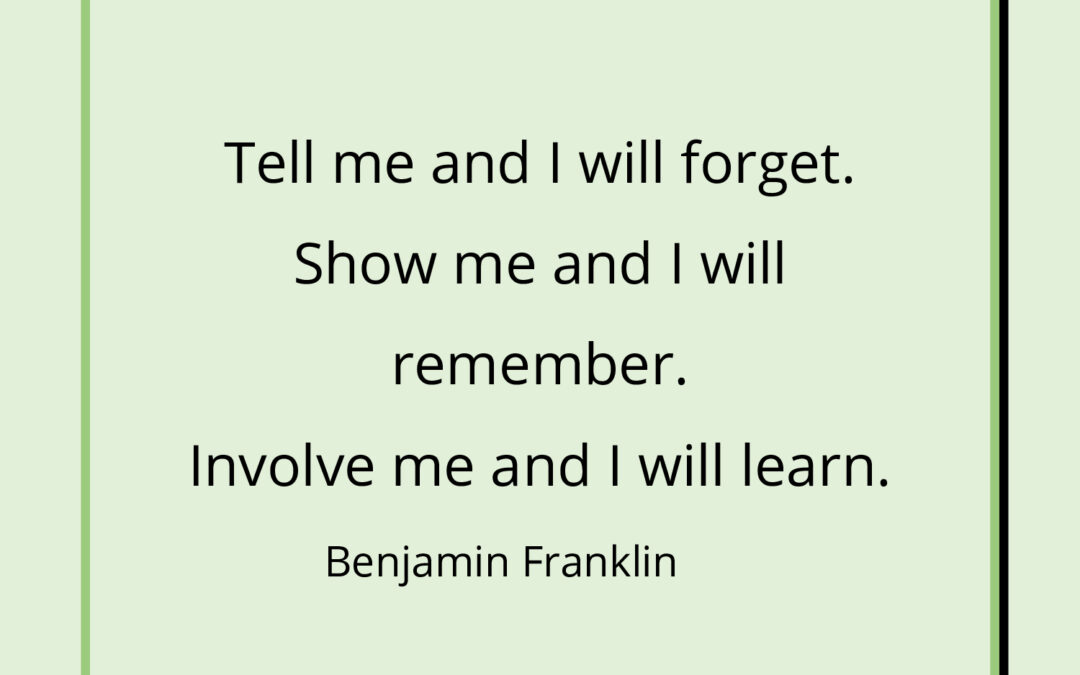
Parenting a right brain kinesthetic learner can be rewarding and incredibly frustrating. We lived through years of frustration, before we realized our daughter was a right brain kinesthetic learner who could do far better with a hands-on and engaging learning process I developed. We have helped thousands of other right brain kinesthetic learners to be far more successful than even their parents thought possible. Our assessment process is designed to both identify your child’s learning style, their strengths and their challenges and their present level of performance – especially for reading fluency and reading comprehension. After our assessment, we then discuss with parents their child’s unique profile, and what we think is possible with a tailored program for your child.
We start with four key thoughts:
- Probably 75 to 85 percent of the smart struggling students are a right brain kinesthetic learner who can do far better when they are taught to their strengths
- Too often assessments focus on one area or the student’s challenges. We have found there is tremendous value in identifying the right brain kinesthetic learner and in identifying whether they have a visual processing issue, executive function issues and/or dyslexia. We also know that reading fluency is used as a barometer of reading skill. We believe it is critical to assess for both reading fluency and reading comprehension.
- Informed, empowered and proactive parents can and often do make the difference.
- Comprehensive assessment can help you understand your child’s strengths, challenges and how you can make the difference.
Note, the 3D Learner Assessment can be completed live in either our Coral Springs, Florida, or Durham, NC locations or via zoom.
If you would like to discuss your specific situation and whether your child might be a right brain kinesthetic learner, you can either:
– Call us at 561-361-7495 or click on
– Schedule a conversation to find a mutually agreeable time
Most of our students are bright right brain kinesthetic learners, who learn best when they see and experience information. These students often:
- Are a lot smarter than present results would indicate
- Benefit from special education and tutoring, which are both helpful, but rarely help the student to reach his or her full potential
- Have some combination of visual processing, auditory processing and/or executive function challenges
- Have dyslexia, but not always. About 33% of our students have dyslexia.
- Can make far greater progress within months if their parents invest in a program that:
- Leverages their strengths and engages them
- Identifies and addresses their challenges
- Has a clear understanding of the present level of performance on key items.
- Is tailored for their child. Every child is unique, and their learning style plays a crucial role in shaping their educational journey. Among the different learning styles, right brain kinesthetic learners stand out as individuals who absorb information best through hands-on experiences and visual aids. In this article, we’ll explore why it’s essential to assess the strengths and challenges of right brain kinesthetic learners, particularly concerning visual processing issues, executive function issues, and dyslexia. By understanding their learning profile, we can design a tailored program that nurtures their abilities for a successful learning experience.
Unraveling the Right Brain Kinesthetic Learner
The right brain kinesthetic learner is characterized by a preference for tactile experiences, physical movement, and visual learning. These learners thrive in an interactive environment, where they can touch, explore, and manipulate objects to understand concepts better. Identifying this learning style ASAP can significantly impact a child’s educational progress. Note, we did not get it right until 11th grade. It did help our daughter to improve her reading comprehension 4.2 grade levels in 7 months and improve her GPA from a 2.7 to a 4.4. Note, the earlier the better, but it is never too late.
The Power of Assessing Strengths
Assessing a right brain kinesthetic learner’s strengths is the first step toward unlocking their potential. You want to identify areas where the child excels. Whether it’s artistic abilities, strong spatial awareness, or exceptional hand-eye coordination, recognizing these strengths can pave the way for a personalized learning approach. The questions we ask and the Structure of Intellect Assessment ® we use helps us to identify how your child learns best. A Boca Raton Principal commented, “I really liked the Structure of Intellect Assessment; why did we stop using it?”. Her special education specialist said that the government requires us to label a child and the SOI Assessment does not label a child. The SOI helps to tailor a program to meet the child’s needs, which is why 3D Learner uses it.
Understanding Visual Processing Issues
Visual processing issues can affect a right brain kinesthetic learner’s ability to comprehend visual information efficiently. These learners may struggle with tasks that involve reading, interpreting diagrams, or following instructions with visual cues. Identifying and addressing visual processing challenges early can lead to targeted interventions and improved learning outcomes. We use a Visagraph to show how a student’s eyes track. Here is a video that shows a student’s tracking before and after our program. We find a significant visual processing issue in close to 70 percent of our students.
Navigating Executive Function Issues
Executive function issues can pose additional obstacles for right brain kinesthetic learners. These cognitive processes are responsible for organization, time management, and impulse control. When executive functions are weak, students may face difficulties in planning, initiating tasks, and staying focused. Implementing strategies to bolster executive functions can support the learner in managing academic responsibilities effectively. Note, we use the Mindprint Assessment ® developed by the University of Pennsylvania to assess Executive Function Skills for students reading at the 2nd grade level or higher. We also use the Interactive Metronome ® to assess for attention. This is an excellent tool to show an attention issue, and it is very effective at improving attention.
The Impact of Dyslexia
Dyslexia is a learning disability that affects reading and language processing. For right brain kinesthetic learners with dyslexia, traditional reading approaches may not yield the desired results. Recognizing the presence of dyslexia is vital for providing appropriate accommodations, such as alternative reading methods, assistive technologies, and specialized tutoring. We use the CORE Assessment, which is part of the University of Florida’s UFLI Program ® we are certified to provide.
Designing a Program for Success
By acknowledging the strengths, visual processing issues, executive function issues, and dyslexia in a right brain kinesthetic learner, parents and educators can design a comprehensive program tailored to their specific needs. Here are some strategies to consider:
- Incorporate hands-on activities and visual aids into lessons to enhance learning engagement.
- Use technology and interactive learning tools to support comprehension and retention.
- Provide a structured and organized learning environment to address executive function challenges.
- Seek support from educators, specialists, and support groups to develop targeted interventions for dyslexia.
The Value of Assessing for Success
Recognizing and understanding the learning style of a right brain kinesthetic learner is crucial for their educational success. By assessing their strengths, visual processing issues, executive function issues, and dyslexia, parents and our team can create a personalized program that nurtures their unique abilities and helps overcome challenges. Through a tailored approach, we can empower your child to thrive academically and develop a lifelong love for learning.
Note, the 3D Learner Assessment can be done live in either our Coral Springs, Florida, or Durham, NC locations or done via zoom.
If you would like to discuss your specific situation and whether your child might be a right brain kinesthetic learner, you can either:
– Call us at 561-361-7495 or click on
– Schedule a conversation to find a mutually agreeable time
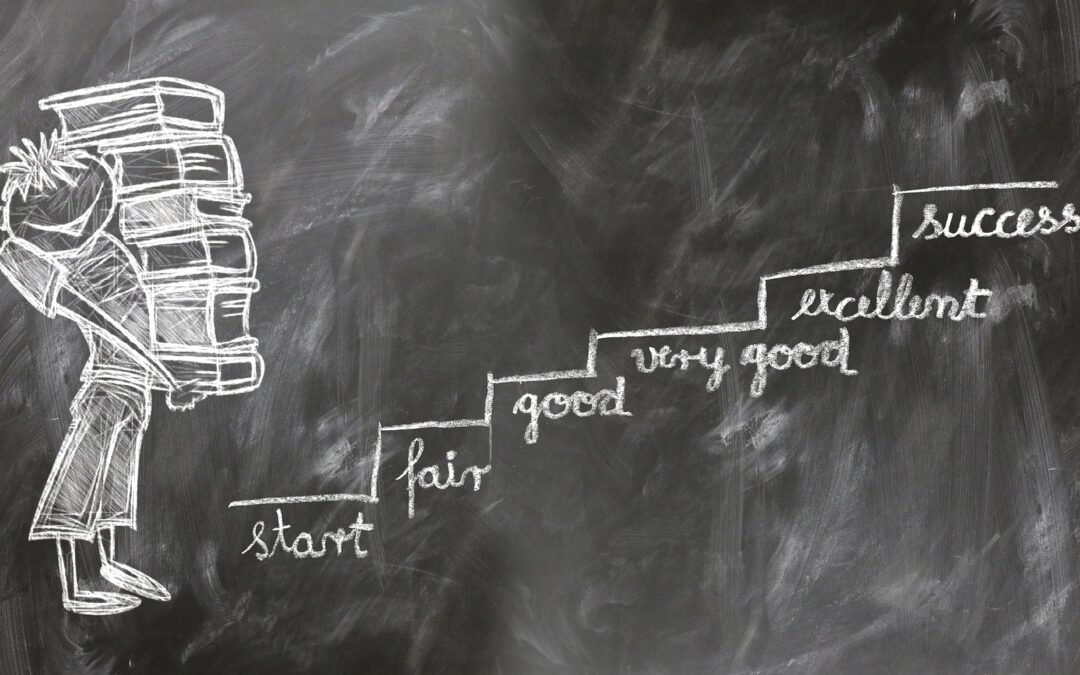
(Strength based training and strength based parenting works for these students)
We focus on how parents can take charge and help your right brain kinesthetic learner succeed. Note, most smart struggling students are right brain kinesthetic learners, who learn best when they see and experience information. When we were told our 8th grade daughter was not college material, I became a mom on a mission. I leveraged my educational and parenting skills and developed what has become the 3D Learner Program ®. With the program, she was able to improve:
- Her reading comprehension 4.2 grade levels in 7 months
- Her Grade Point Average from a 2.7 to a 4.4
- Chances for success. She got her Master’s in Education from the University of Florida. Next year will be her 19th year of teaching and in May 2024 she should be receiving her Doctorate in Education from the University of Florida.
Many of our students are bright right brain kinesthetic learners, who often struggle with:
- Reading comprehension — just this year we have had 6th and 7th graders who were 3, 4 and even 5 years below grade level
- Reading speed — too often students read so slowly that it is hard to sustain attention
- Math word problems
- Putting their thoughts on paper
- Being in classes with kids who are not motivated
For the purposes of this blog post, we will define success for these students as:
- Being on grade level for reading speed
- Reading comprehension two, three or four grade levels higher than their present level
- Being able to get a B or better in math, learn how to check their work and start to like math
- Both mastering math facts and being good at math word problems
- Writing at least at grade level
- Being able to do their homework more independently in much less time
- Now being placed in advanced or gifted classes, where they are far more engaged
- Being proud of their success
Here is a classic case:
The parents had invested $34000 in a competitors’ program and their 5th grade daughter’s reading comprehension was at the 1st grade level, she was a slow reader, and her homework was taking 2.5 hours or longer. She came across an article that asked
- Does your child remember places visited, even from years ago?
- Does your child learn best when he or she sees and experiences information?
- Is your child a lot smarter than her present level of reading comprehension would indicate?
The mom was an action taker. She called us from Texas and wanted to know more. We did a remote assessment that showed her reading comprehension was at the 1st grade level, her reading speed was 115 words per minute and she was a right brain kinesthetic learner. Her parents brought her to Florida for an intensive week of training.
6 months later, she had improved as follows:
- Her reading comprehension was now at the 5th grade level
- Her reading speed was 229 words per minute, virtually doubling where it had been
- Homework time had decreased from 2.5 hours to 1.25 hours and her mother’s time helping her had decreased from 2.5 hours to 15 minutes
- She was now doing well in school and was being recommended for some advance classes in 6th grade — where she did very well
Note, in 2023 we had had many local successes and we had had successes with students from the State of Washington and Arizona.
If you would like to discuss how to put your child on their
Pathway to Success, call us at 561-361-7495
What Are The Common Strengths and Challenges for The Smart Struggling Student
The bright right brain kinesthetic learner often has 3, 4 or 5 of the following strengths and challenges
They often:
- Learn differently and are right brain kinesthetic learners
- Have auditory and/or visual processing issues
- Have one or more executive function challenges (attention, working memory and/or processing speed)
- Have a learning disability or dyslexia
- Are frustrated and/or anxious
Note, the strengths of the right brain kinesthetic learner are rarely identified or capitalized on.
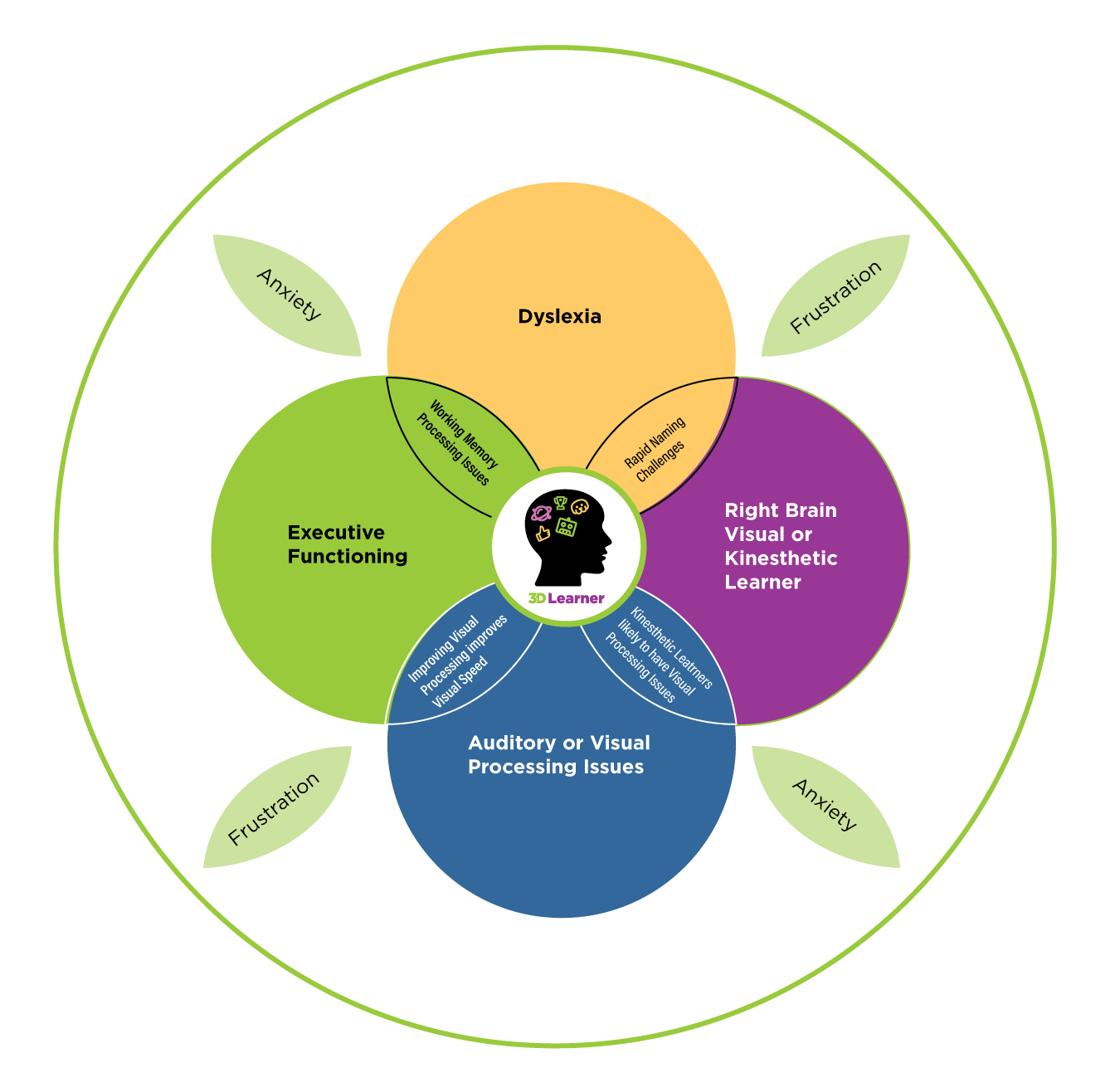
Bright Right Brain Kinesthetic Learners Benefit When One Capitalizes on Their Strengths,
while Identifying and Addressing the Relevant Issues
This Often Requires The Parents to Take Charge
Is your child a bright right brain kinesthetic learner?
- Does your child remember places visited, even from years ago?
- Does your child learn best when he or she sees and experiences information?
- Is your child a lot smarter than present results would indicate?
For a more comprehensive screening tool, download our “Is my child a right brain kinesthetic learner”.
If your child is a right brain kinesthetic learner, you play a pivotal role. Too many of these kids are identified by their challenges. These could include dyslexia, executive function issues, auditory or visual processing and/or anxiety and frustration. We have been there with two of our four kids. Over the last 26 years we have helped thousands of kids like this succeed with a process that starts by helping parents to be an informed, empowered and proactive parent.
We FRAME this differently than most. Specifically:
– Frustration comes with the territory. We encourage you to embrace the frustration and to commit to helping your child to be all they can be. If your child is a right brain kinesthetic learner, there is a good chance that when you leverage their strengths, identify and address their challenges, and leverage their desire to succeed, success is much more likely to follow.
– Reject the status quo and low expectations. Too often we have heard, parents being told that one cannot expect significant gains within a year. Two key points:
- We are seeing many kids whose reading comprehension is far below grade level. This chart shows how often students in special education fall far below grade level
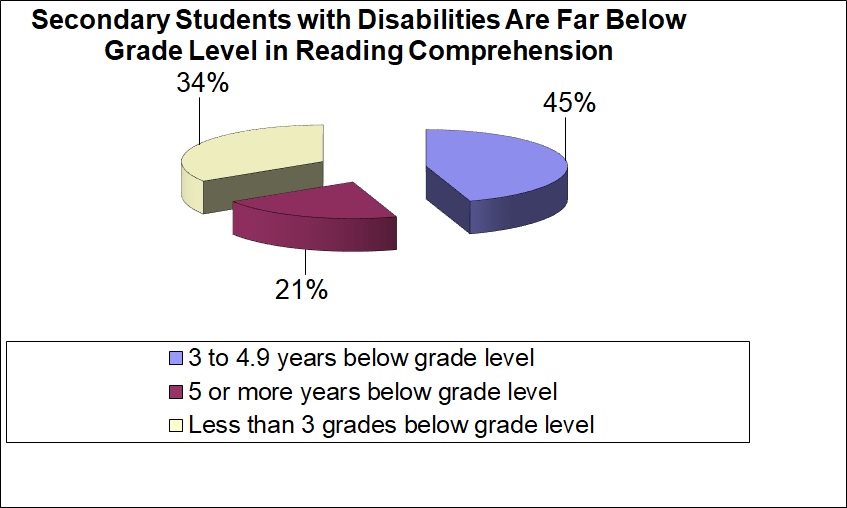
- Improving reading comprehension by 2, 3 or even 4 grade levels within 4 to 6 months is often possible. A few words of caution:
- Such results take both a commitment to training and follow-up
- Students with lower IQs and/or significant impairments may not make these gains
- Cooperation and collaboration help
Waiting is Not an Option
The next critical step is to:
Assess for Success. This would include assessing for:
- How your child learns best
- Executive function issues (e.g. working memory, processing speed and attention)
- Auditory and visual processing issues.
- Dyslexia or another learning disability
- Your child’s present level of reading fluency and reading comprehension
If the assessment shows considerable upside potential, we recommend you adopt the
Mindset that Success is the Only Option. Then you consider
- Enrolling the services of the right professional for your child and you. Ideally, you want to work with professionals who will:
- Leverage your child’s strengths
- Address their challenges
- Boost their confidence and resilience
- Help you to be the coach and advocate your child needs
- Produce excellent results within months
If you would like to discuss how to put your child on their
Pathway to Success, call us at 561-361-7495
Feel free to share with others, who have a smart struggling child with significant upside potential.
Note, next week we will have our second article on Helping Your Bright Right Brain Kinesthetic Learner succeed in 4th grade and above. That article will focus on Assessing for Success.
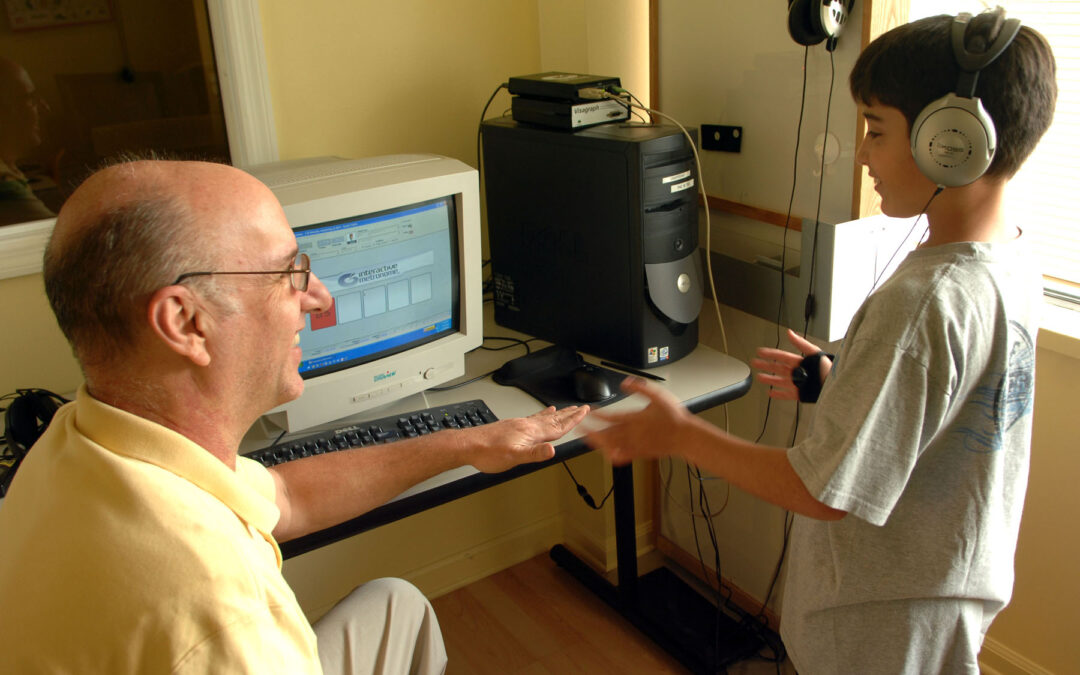
Many of our students either have ADHD or struggle with attention, hyperactivity and/or impulisivity. Our parents were often looking for a solution that either eliminated the need for medication and/or allowed their physician to lower dosages based on improved attention.
The Interactive Metronome ® is an excellent tool to improve attention and reduce both hyperactivity and impulsive behavior.
At 3D Learner, we have been using the Interactive Metronome for over 23 years, as an integral part of our core 3D Learner Program ® and as a part of our Brain Training Program ®.
Benefits of the Interactive Metronome
The Interactive Metronome (IM) is a therapy program that utilizes a computerized metronome to improve timing, rhythm, and coordination. Benefits from the interactive metronome include:
Improved attention and concentration: The Interactive Metronome program requires children to focus their attention on the metronome’s beat and synchronize their movements accordingly. By practicing sustained attention and concentration, children may experience improvements in their ability to stay focused and on-task, which can be beneficial for academic performance.
Enhanced motor coordination: The precise timing and rhythmic movements involved in IM exercises can help improve motor coordination skills. This can be particularly beneficial for school-aged children who struggle with activities that require fine motor skills, such as handwriting or using scissors.
Increased cognitive processing speed: Regular practice with the Interactive Metronome may help enhance cognitive processing speed, as it involves the integration of sensory information, motor planning, and response timing. Improved processing speed can positively impact academic tasks that require quick thinking and mental agility.
Enhanced language and reading skills: Rhythm and timing exercises have been associated with improvements in language and reading skills. The rhythmic nature of the IM program may facilitate auditory processing and phonological awareness, which are essential for language development and reading acquisition.
Improved self-regulation and impulse control: The Interactive Metronome requires children to regulate their movements and respond to the metronome’s beat accurately. This practice of self-regulation can potentially generalize to other areas of a child’s life, helping them develop better impulse control and self-management skills in the classroom and social settings.
Increased confidence and self-esteem: As children progress in their timing and coordination skills through our Interactive Metronome training, they may experience a boost in confidence and self-esteem. This newfound confidence can positively impact their overall well-being and academic performance.
Note, initially the program could only be done in person. With the introduction of their home unit and Zoom, the Interactive Metronome can now be done at home with us training remotely.
It is important to note that results can vary significantly depending on the provider. We have had clients who initially did the Interactive Metronome training at another location and then came to us. As one dad said, “I saw no change with the initial training, but with yours my son’s attention improved significantly, homework time decreased from 2.5 hours to under an hour and his baseball skills improved dramatically.
A Quick Story About the Origins of the Interactive Metronome with a Twist
Jim Cassily was trying to mix music. Two of his musicians were playing too fast and one was behind the beat. His college professor had told him to match the beat. He now had a personal computer and used a computer generated sound and a trigger, to get all three musicians to match the beat. He had a neighbor whose son had a prosthesis below the knee and could not walk without a walker. Jim told dad that with the Interactive Metronome, he thought there was a good chance he could help Jimmy walk. A few weeks later his son walked on his own. Dad liked it so much he bought the company. In early September the company announced they were making the product available to providers. We became a provider the next day.
A year later, Jim Cassily called us and asked why our results were so much better than any of their other 507 providers. We explained we integrated the Interactive Metronome into our learning program.. We also shared that we set goals for the student and showed the student’s how to achieve excellent results.
I asked Jim where he got his musical training. He said he graduated from Western Michigan. I asked Jim if he knew Julius Stulberg. He said, you mean Professor Julius Stulberg. I said yes. Jim said Professor Stulberg was his music teacher for four years, his orchestra director and his mentor. He said Professor Stulberg changed my life and was the inspiration behind the product. He then asked, “Professor Stulberg died 25 years ago, how did you know him?”. I explained that Professor Stulberg was my wife’s father. He commented that that explained everything and that Professor Stulberg cared about him as both a musician and a person, and apparently we brought that same caring attitude to our students.
We have seen significant benefits for improved attention, self-control, handwriting, sports, music and dancing skills.
If you would like to discuss how the Interactive Metronome can help your child or your students, you can either:
– Call us at 561-361-7495 or
– Click here to schedule a Learn More About the Interactive Metronome conversation.


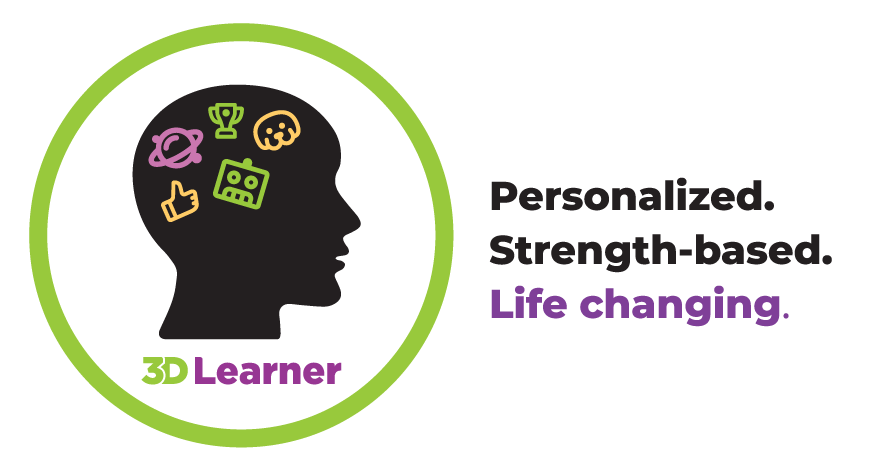
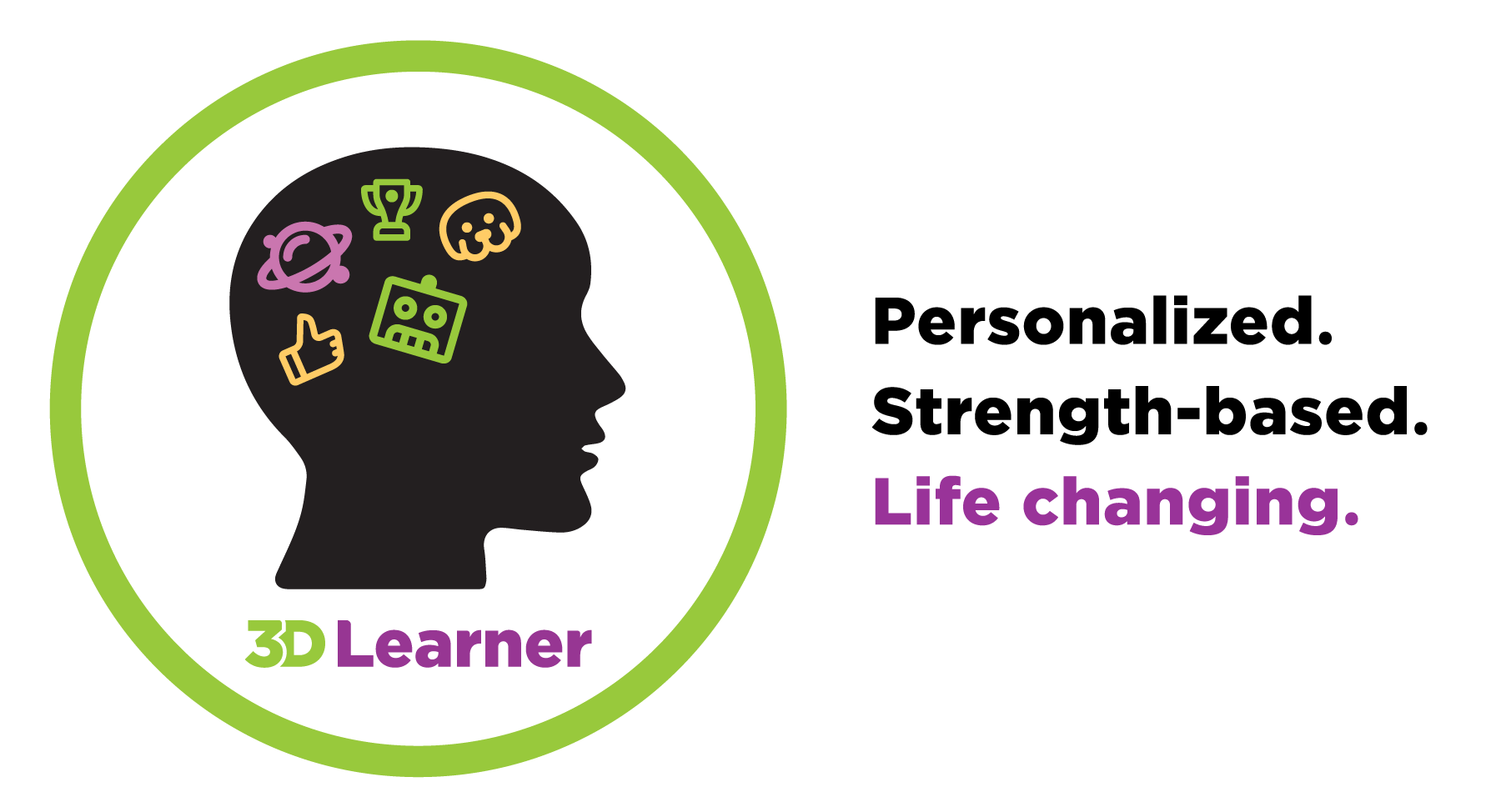







Recent Comments